Few things are as critical—yet often overlooked—regarding homeownership as the roof over your head. A sturdy roof enhances your home’s curb appeal and safeguards your family and belongings from the elements. However, many homeowners unknowingly overlook subtle signs that could spell disaster down the line. From mysterious stains on your ceiling to curling shingles waving a warning flag in the wind, these roofing red flags can lead to costly repairs if ignored.
In this guide, we’ll help you become a vigilant protector of one of your most significant investments by identifying common roofing issues before they escalate into major headaches. Buckle up as we dive into the world of roofing red flags and arm yourself with knowledge that could save you thousands!
Shingle Damage and Granule Loss
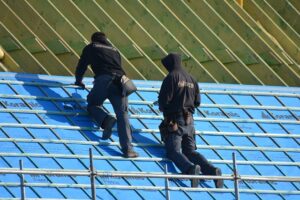 One of the most common signs of roofing trouble is shingle damage. Shingles that are cracked, curled, or missing can indicate underlying issues with your roof. Granule loss is another red flag; if you find excessive granules in your gutters or downspouts, it could signal that your shingles are deteriorating. Granules are designed to protect shingles from UV rays and weather damage, so their loss can compromise the roof’s effectiveness and lead to more severe issues. Regularly inspecting your shingles for damage and checking for granules in gutters can help you catch these problems early.
One of the most common signs of roofing trouble is shingle damage. Shingles that are cracked, curled, or missing can indicate underlying issues with your roof. Granule loss is another red flag; if you find excessive granules in your gutters or downspouts, it could signal that your shingles are deteriorating. Granules are designed to protect shingles from UV rays and weather damage, so their loss can compromise the roof’s effectiveness and lead to more severe issues. Regularly inspecting your shingles for damage and checking for granules in gutters can help you catch these problems early.
Roofer Corpus Christi can also provide professional shingle inspections for general maintenance or following severe weather events.
Leaks and Water Stains
Water leaks are a clear indication that your roof may be compromised. Look for water stains on ceilings, walls, or around chimneys and skylights, as these can signal leaks. Water stains often result from a compromised roofing system, such as damaged flashing or deteriorated shingles. It’s crucial to address leaks promptly to prevent further damage to your home’s interior and structural elements. Regular roof inspections can help identify potential leak sources before they cause significant damage.
Moss and Algae Growth
Moss and algae growth on your roof can be more than just an aesthetic concern; they can contribute to roofing deterioration. Moss retains moisture, which can lead to the rotting of roofing materials and the degradation of shingles. Algae, while less harmful, can still indicate poor ventilation and moisture issues. If you notice significant moss or algae growth, it’s essential to have your roof professionally cleaned and to investigate underlying problems such as inadequate drainage or ventilation.
Sagging Roof Deck
A sagging roof deck is a serious red flag that indicates structural problems. This can result from various issues, including water damage, improper installation, or excessive weight from snow and ice. A sagging roof can compromise the integrity of your home and may require significant repairs or reinforcement. If you notice any sagging or uneven areas on your roof, it’s crucial to consult with a professional roofer to assess the situation and recommend appropriate solutions.
Damaged or Missing Flashing
Flashing seals joints and transitions on your roof, such as around chimneys, vents, and skylights. Damaged or missing flashing can lead to leaks and water infiltration, particularly during heavy rain. Regularly inspect flashing for signs of damage, such as cracks, rust, or gaps. Ensuring that flashing is in good condition and properly installed can prevent leaks and extend the life of your roof.
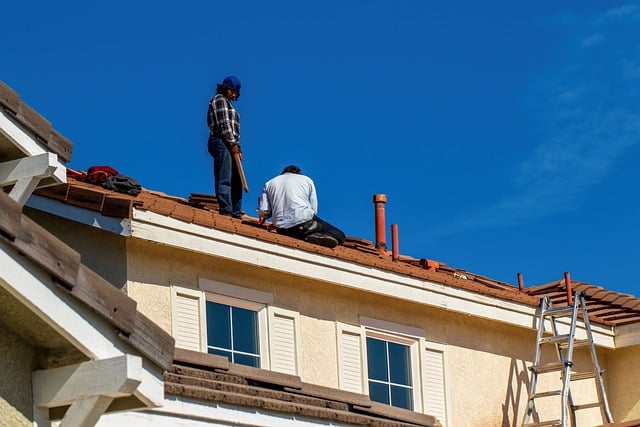
Roof Age and Wear
The age of your roof is an essential factor in its overall health. Most asphalt shingle roofs have a lifespan of 15-20 years, though this can vary based on material and installation quality. If your roof is approaching or has surpassed its expected lifespan, it’s essential to conduct regular inspections and be vigilant for signs of wear. Older roofs are more susceptible to damage and may require frequent maintenance or eventual replacement.
Poor Ventilation
Proper ventilation is crucial for maintaining the health of your roof and home. Inadequate ventilation can lead to excessive heat buildup, which can cause shingles to deteriorate …

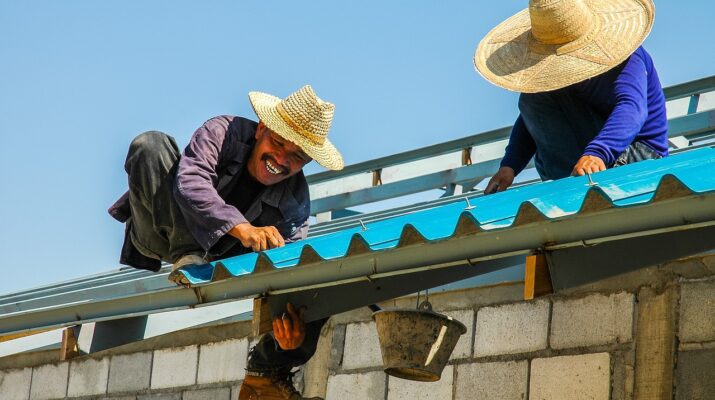
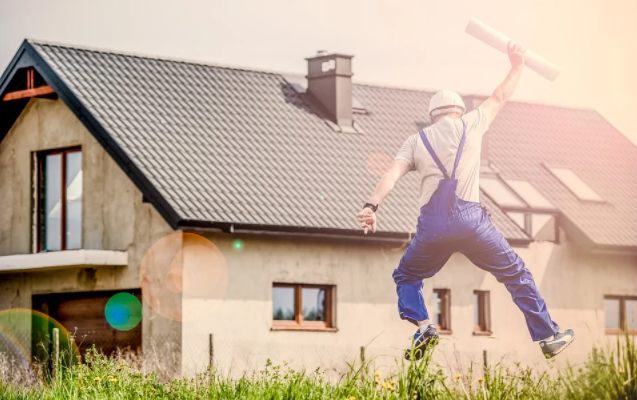
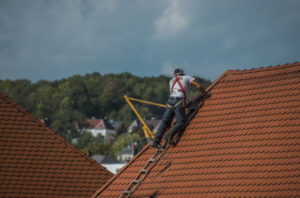

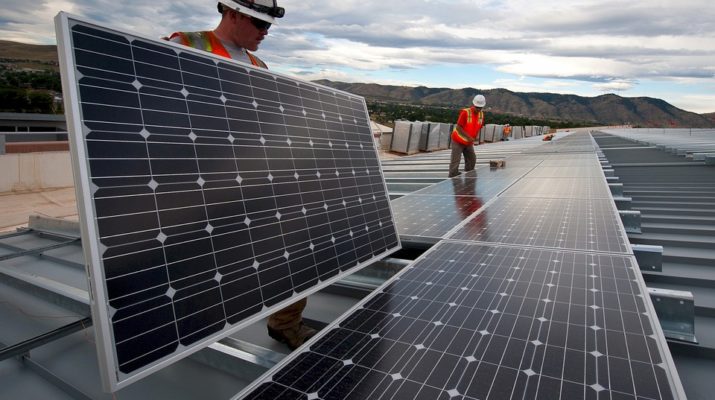
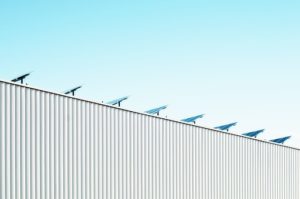 A common sight today is a roof mounted solar panels. The only exception is the ground-mounted versions or solar farms. There are several reasons why the solar installation experts recommend installation on your roof. The first reason can be the limited availability of space in the setting of an urban home. The roofs present free untampered space. Secondly, the roof will not be affected by shade from trees or the nearby structures blocking off the sun rays. Being the topmost of your home, they provide the best exposure to sunlight.
A common sight today is a roof mounted solar panels. The only exception is the ground-mounted versions or solar farms. There are several reasons why the solar installation experts recommend installation on your roof. The first reason can be the limited availability of space in the setting of an urban home. The roofs present free untampered space. Secondly, the roof will not be affected by shade from trees or the nearby structures blocking off the sun rays. Being the topmost of your home, they provide the best exposure to sunlight.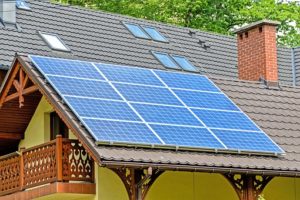 They are quite similar to the metal sheet shingles. However, they are fitted with architectural asphalt shingles as opposes to metal roofing shingles. Even though they deliver equally good results, they may not be the best recommended product as their installation is very involving. This will directly affect the costs required for their installation. Holes will have to be drilled for each shingles being installed and the terminals connected inside the attic. Also, the asphalt roofs last for only 15 years. For more details on solar roofing and their applications visit our website.…
They are quite similar to the metal sheet shingles. However, they are fitted with architectural asphalt shingles as opposes to metal roofing shingles. Even though they deliver equally good results, they may not be the best recommended product as their installation is very involving. This will directly affect the costs required for their installation. Holes will have to be drilled for each shingles being installed and the terminals connected inside the attic. Also, the asphalt roofs last for only 15 years. For more details on solar roofing and their applications visit our website.…